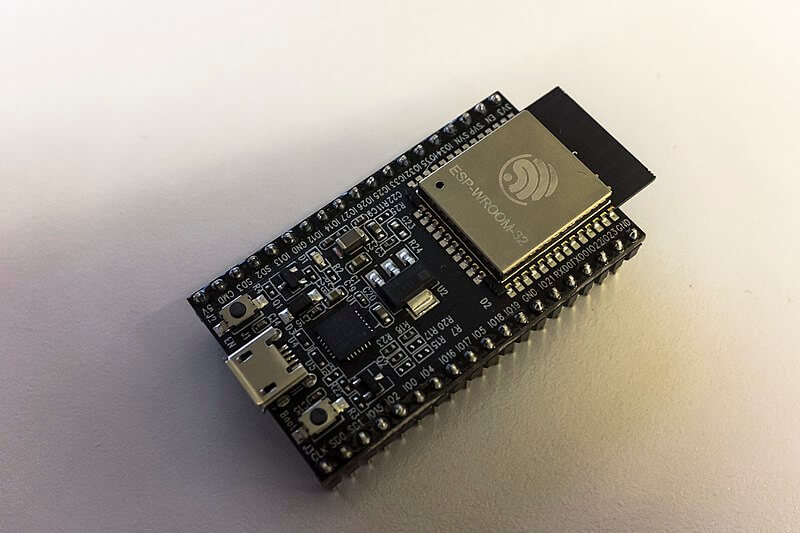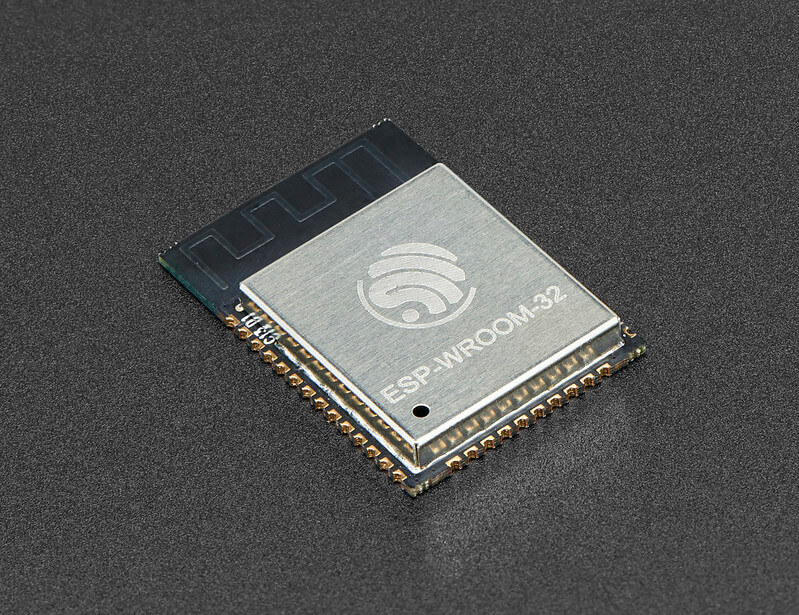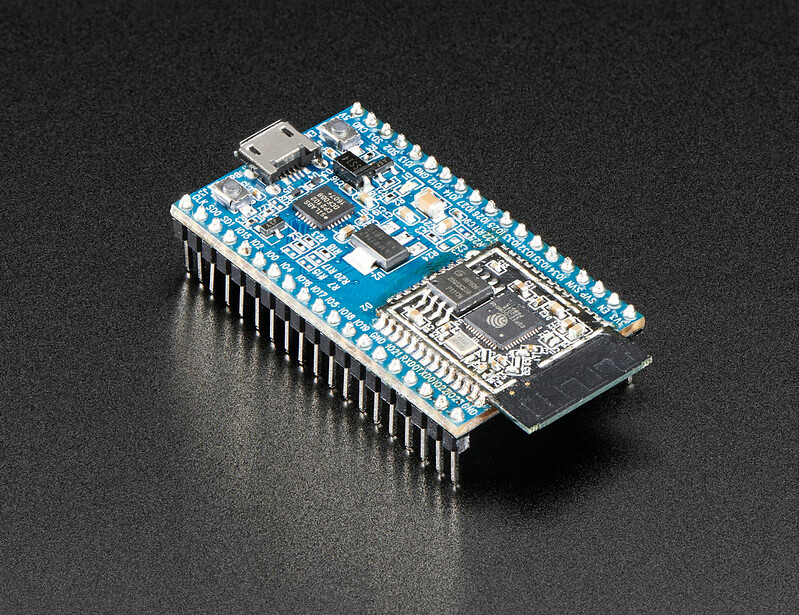The ESP32 is a powerful, low-cost microcontroller board with WiFi and Bluetooth capabilities!
The ESP8266 is a popular WiFi chip programmed using the Arduino IDE. It has several analog and digital pins, which can be used as GPIOs or for analog input.
How is ESP32 Different from the ESP8266?
ESP32 and ESP8266 are both Wi-Fi-enabled microcontrollers, but they have some key differences. They both have a 32-bit processor and can run at 240 MHz. The ESP32 has a dual-core, while the ESP8266 is a single core. The ESP32 has more RAM and flash memory than the ESP8266. It also has Bluetooth, NFC, and FM radio capabilities, which the ESP8266 does not have. The most significant difference between these two chips is that the ESP32 supports BLE (Bluetooth Low Energy) whereas the ESP8266 does not support this wireless communication protocol.

What are the Advantages of Having an ESP32?
The ESP32 is a low-cost microcontroller that can be used in IoT applications. It has a powerful WiFi and Bluetooth module, a high-performance dual-core processor, and plenty of input/output pins.
The ESP32 is a low-cost microcontroller that can be used in IoT applications. It has a powerful WiFi and Bluetooth module, a high-performance dual-core processor, and plenty of input/output pins. The ESP32 is based on the popular Arduino platform, so it is easy to use with Arduino libraries or any other code base you might already have for the platform. The ESP32 also includes an operating system (RTOS) that provides all the necessary functions for running your application
How to Use an ESP32 with JavaScript?
ESP8266 is a WiFi module that can create an IoT device. It is a self-contained SOC with an integrated TCP/IP protocol stack that can be programmed using the Arduino IDE and its programming language based on C++. In this tutorial, we will learn how to use ESP8266 with JavaScript. We will first introduce the ESP8266 board and then explain how to use it with JavaScript.
The Espressif ESP-IDF Framework and Basic Programming Language
This section will talk about the Espressif ESP-IDF framework and programming language. This is a framework that is used to develop IoT devices. It has a basic programming language that is used to interact with the ESP8266 and other IoT devices.
The ESP8266 chip is low-cost, low power consumption, Wi-Fi-enabled microcontroller unit (MCU) that can be programmed using the Arduino IDE. The ESP8266 was originally developed by Shanghai-based Chinese manufacturer Espressif Systems, collaborating with Atmel Corporation as an embedded system on a chip (SoC). It uses Tensilica’s Xtensa LX3 32-bit RISC processor architecture.

ESP-IDF Software Development Toolchain Setup and Usage
ESP-IDF is a software development toolchain for ESP8266 boards, which can flash firmware, program the flash memory, and debug the system. The ESP-IDF has three major components: esptool, esptool-cli, and esptool.py. The first two are command-line tools that can perform various tasks like flashing firmware or programming the flash memory of an ESP8266 chip. The third component is a Python module that wraps these two tools and provides a more high-level interface.
The ESP8266 is a powerful and inexpensive WiFi module that can add Internet connectivity to your microcontroller project.
How is ESP32 Different From Other Boards?
The ESP32 is a low-cost, low-power system on a chip (SoC) series with WiFi & dual-mode Bluetooth capabilities! It is powerful yet simple enough for beginners to start tinkering with right away. The ESP8266 has been around for about three years now, and it’s still a popular choice among makers. The ESP32 is the successor to the ESP8266, and it’s available in two flavors: one with the same form factor as the ESP8266, and one that is more integrated into a chip package.
ESP8266 vs. ARDUINO UNO: The Arduino Uno has an ATmega328P microcontroller, while the Esp8266 has an ATmega328 microcontroller.
How does ESP32 Work? Let’s take a look at some of its features!
ESP32 is the successor to ESP8266. It has a lot of features that are not available in ESP8266. The ESP32 is an IoT solution that has a lot of potential for many applications. ESP8266 is a low-cost WiFi chip with full TCP/IP stack and microcontroller capability designed for the needs of a new connected world.

Features of the ESP-WROVER Development Board – The Industry’s First IoT Platform with Dual-Core Architecture and Headless Mode Support
ESP8266 is a complete and self-contained WiFi networking system that can be used to add WiFi to any microcontroller or embedded system. ESP-WROVER is an IoT development board based on ESP8266, which provides WiFi connectivity and long-range wireless communication capabilities. It’s the industry’s first IoT platform with dual-core architecture and headless mode, thus it is more powerful than other ESP boards. The ESP8266 chip has a 32 bit RISC CPU running at 80 MHz, with plenty of room for both application code and a WiFi driver. The WROVER board has built-in antennae for both 2.4 GHz and 5 GHz frequencies, so there’s no need for external antennae or cable connections.
Why You Should Consider Learning More About The Esp8266
The ESP8266 is a low-cost, WiFi-enabled microcontroller that can create Internet of Things projects. The ESP8266 can act as a web server, meaning that it can host web pages and serve them to users. It also supports MQTT, an internet protocol for machine-to-machine communication, making it possible for the ESP8266 to be integrated into IoT devices and systems.
loading...
loading...
